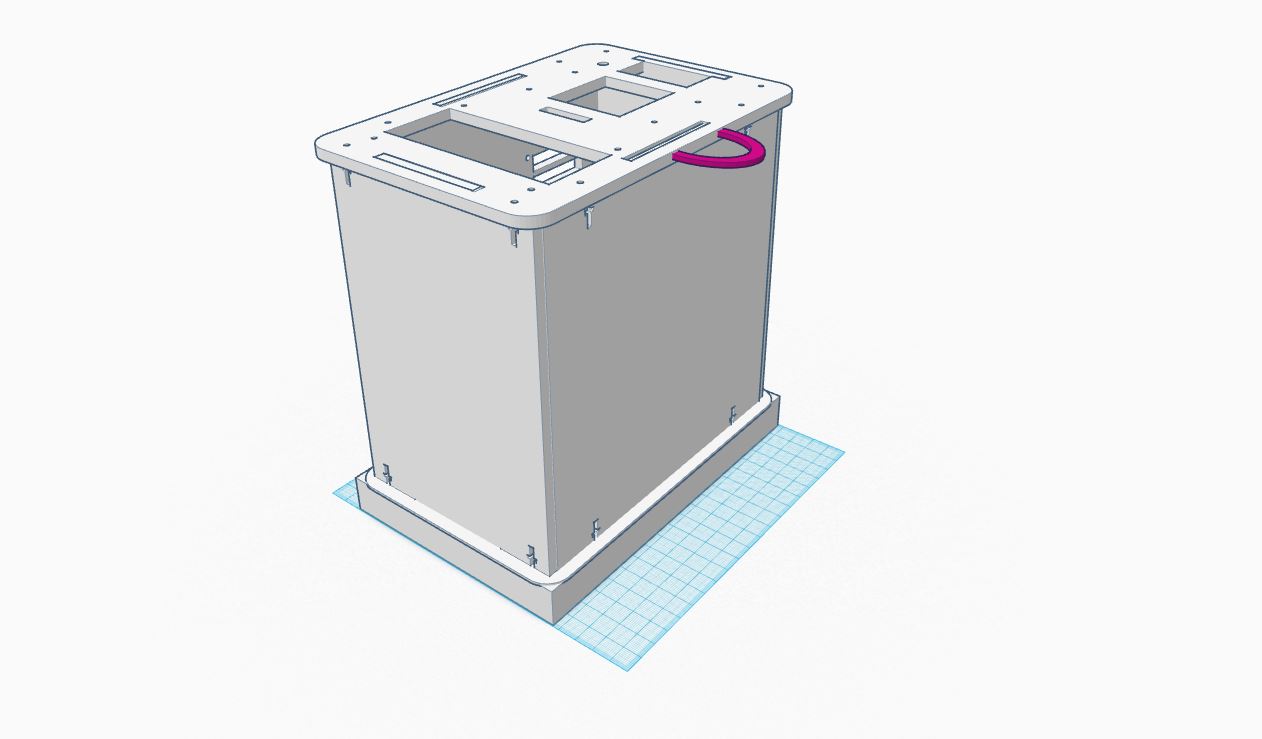BME100 s2015:Group5 12pmL6
| Home People Lab Write-Up 1 | Lab Write-Up 2 | Lab Write-Up 3 Lab Write-Up 4 | Lab Write-Up 5 | Lab Write-Up 6 Course Logistics For Instructors Photos Wiki Editing Help | |||||||
|
OUR COMPANY
LAB 6 WRITE-UPBayesian StatisticsOverview of the Original Diagnosis System The division of labor was quite unequal. There were 34 teams of 6 students each that all performed the experiment and determined the diagnosis. However, due to faulty diagnoses (whether be due to human error, lack of time, etc.) not all 68 patients were diagnosed correctly. The tasks that were done to prevent error were that each group was given different patients in order to get a large spectrum of the diagnosis. The equipment that was given for the experiment was fairly accurate and provided accurate enough measurements for each group to conduct the PCR test. The ImageJ software was used, which was more helpful in the diagnoses process, which helps prevent error as well. However, the final data resulted in faulty and skewed data. About 20 out of the 68 patients weren't diagnoses correctly, therefore skewing the data. 8 of the patients didn't have any test done on them, and 4 of them were inconclusive for whatever reason. There was, though, a larger number of successful conclusions that inconclusive results. What Bayes Statistics Imply about This Diagnostic Approach
Computer-Aided DesignTinkerCAD TinkerCAD is an online modeling software that allows users to create files, shape by shape, to model whatever they need. It was used during the Computer-Aided Design lab to model the OpenPCR machine, and to demonstrate the improvements that were conceived of for it,
Our Design The overall shape of the OpenPCR machine was not changed significantly, save for the addition of a fluorimeter module at the bottom of the machine. The fluorimeter at the bottom of the OpenPCR machine features a built in, pre-calibrated camera that will snap shots when the shutter (light pink) is closed, saving the data to flash drive, SD card, or computer that is connected to it. There is a drawer that slides out to make pipetting fluids onto the slide accessible. Further, because the fluorimeter is underneath and attached to the OpenPCR machine, it will not move, and will be completely covered in darkness to enhance the image quality. To avoid contamination and wasting pipette tips due to carelessly setting the pipette down on a lab bench or other surface, a pipette holder has been added to the top of the OpenPCR machine, to suspend any pipette AND its tip to avoid contamination. It is a snap-in, meaning that the tip will not swing around and hit the OpenPCR machine, further avoiding contamination. The USB drive on the OpenPCR machine was updated to accommodate modern USB-drive shapes, so as to allow more versatility in the connection of the OpenPCR machine to the computer. Further, this allows for data to be accessed and written onto flash drives, which makes analyzing data at home or other locations away from the lab easier. Further, an SD card drive was added, to increase storage space for the images taken by the fluorimeter module.
Feature 1: Consumables KitThe consumables in the kit will be packaged in the same box as the Enzyme PCR Tower (the name of the unit), in a separate, light-shielded area of the box (two compartments, one is the main tower with its components, and the other is the light-shielded reagents packaging). The consumables, being packaged in reflective and light-avoiding material, will avoid any harm coming to the SYBER green reagent. Further, the pipette tips will come in their own, usual box to prevent any touching of the tips with anything else. Finally, the liquid reagents will be held in Syrofoam packaging to prevent any breaking of glass or denting of plastic, further increasing the security of the packaging. Feature 2: Hardware - PCR Machine & FluorimeterSee above for the re-designed PCR machine, now called the Enzyme PCR Tower. The PCR machine and Fluorimeter will come in the same box as the reagents, but will be packaged in a separate compartment as the rest of the reagents to prevent any crushing, damage, or contamination by the PCR Tower. The fluorimeter and PCR machine are now one unit, and will be shipped and packaged as such. | |||||||









